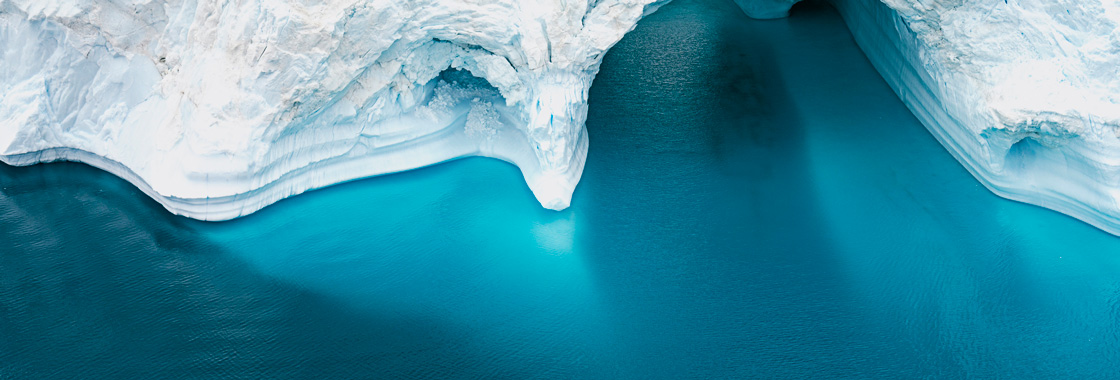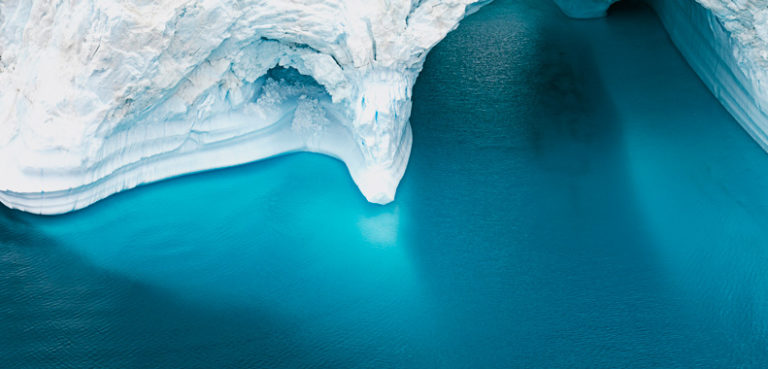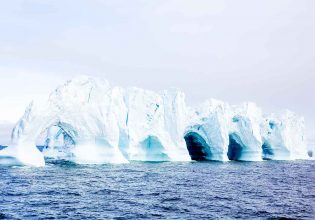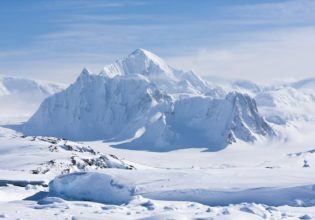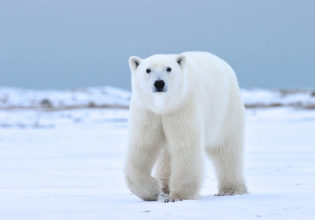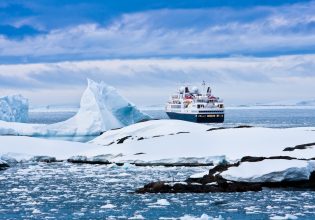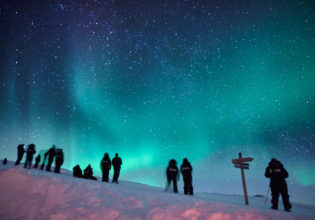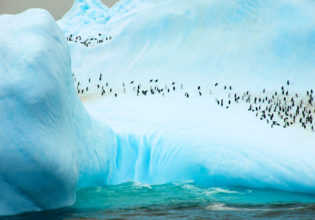If you are someone who likes extreme adventure, then the Arctic or Antarctic may be the holiday of a lifetime for you. We break down everything you need to know in our Antarctica travel guide here.
The Arctic Circle refers to an invisible ring that halos the top of the Earth. Cruising the area allows you to witness summer’s endless midnight sun and the perpetual darkness of polar nights as well as wildlife of all shapes and sizes – polar bears, walruses, seals, Arctic foxes and seabirds.
The landscape of the Arctic is harsh but exquisitely beautiful. A trip to this part of the world gives you the opportunity to try your hand at dog-sledding and see the extraordinary Northern Lights – a breathtaking natural wonder that produces sheets of coloured light that flit and dance across the night sky.
It’s advised that you spend at least a week in the Arctic Circle to increase your chances of seeing the Northern Lights, as the conditions need to be just right. The months of November to March tend to offer the darkest and clearest skies and Norway is a popular place for viewing (Tromsø is further north than Lofoten in Norway and offers excellent viewing, majestic fjords and direct flights from Oslo).
Iceland is another great place to look for the Aurora Borealis along with The Yukon and Fairbanks in North America.
Indigenous Inuit culture, whose people make up approximately 80 per cent of the population, is possibly one of the most fascinating aspects of visiting this far-flung region. For 4,000 years they have learnt to live in an inhospitable place by ice fishing and hunting, and living in turf huts, tents and occasionally igloos, depending on the season.
Down south at the other pole, Antarctica is the world’s largest wilderness region and is one of the most untouched territories on earth. It’s virtually uninhabited and there is almost zero pollution. As such, a trip here will be unlike anything you’ve experienced before.
Cruise ships are the most practical way of visiting Antarctica. Cruises tend to depart from Patagonia, though there are also some departures from Hobart and Christchurch, meaning it’s much easier for Australians to travel to this part of the world.
You can retrace explorer Ernest Shackleton’s steps from Elephant to South Georgia Islands and enter Scott’s hut at Cape Evens. Along the way you’ll spot whaling stations and sealers camps, all rich in history.
Apart from land visits on foot, cruise ships now offer kayaking, snowshoeing, diving and skiing excursions. There’s even the chance to camp overnight on ice.
The wildlife is superb and you’ll probably get up close to penguins, seals and whales. Antarctica is also home to two active surface volcanoes, including Mt Erebus, the world’s southernmost active volcano.
This is the perfect place to disconnect and drink in your surrounds. The remote location means you’re largely cut off from the world with no mobile phone or television signal, making it a great place to really switch off and be present. You’ll be in awe of the incredible silence in this extremely remote region. It’s a truly once in a lifetime experience.
